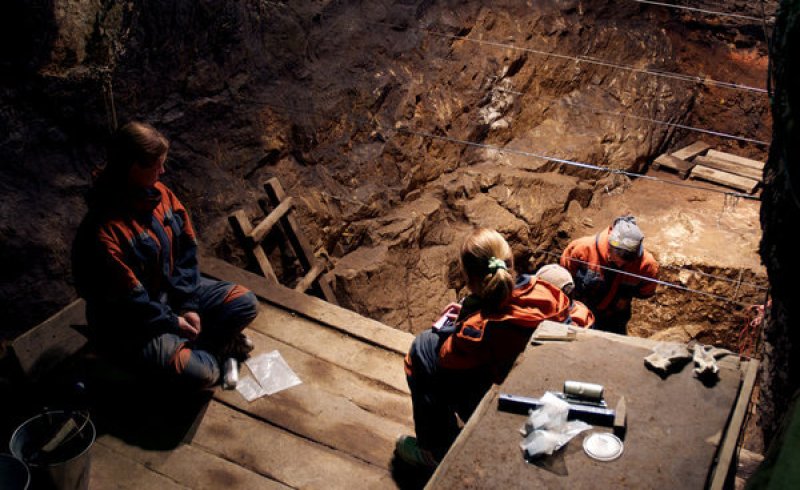Scientists have extracted the entire genome of a 130,000-year-old Neanderthal from a single toe bone in a Siberian cave, an accomplishment that far outstrips any previous work on Neanderthal genes.
The accuracy of the new genome is of similar quality to what scientists would achieve if they were sequencing the DNA of a living person.
The new Neanderthal genome is more like a genetic encyclopedia, rich with new insights. The Neanderthal to whom the bone belonged was highly inbred, for example, offering a glimpse into the social lives of Neanderthals.
The new Neanderthal genome also contains evidence of more interbreeding between ancient human populations than previously known.
Read the full, original story: Toe Fossil Provides Complete Neanderthal Genome
Additional resources:
- Sex and the Siberian Neanderthal: Incest and inter-species action, NBC News
- Neanderthal Burials Confirmed as Ancient Ritual, National Geographic
- Neanderthal genome suggests new, mysterious human lineage, Christian Science Monitor































